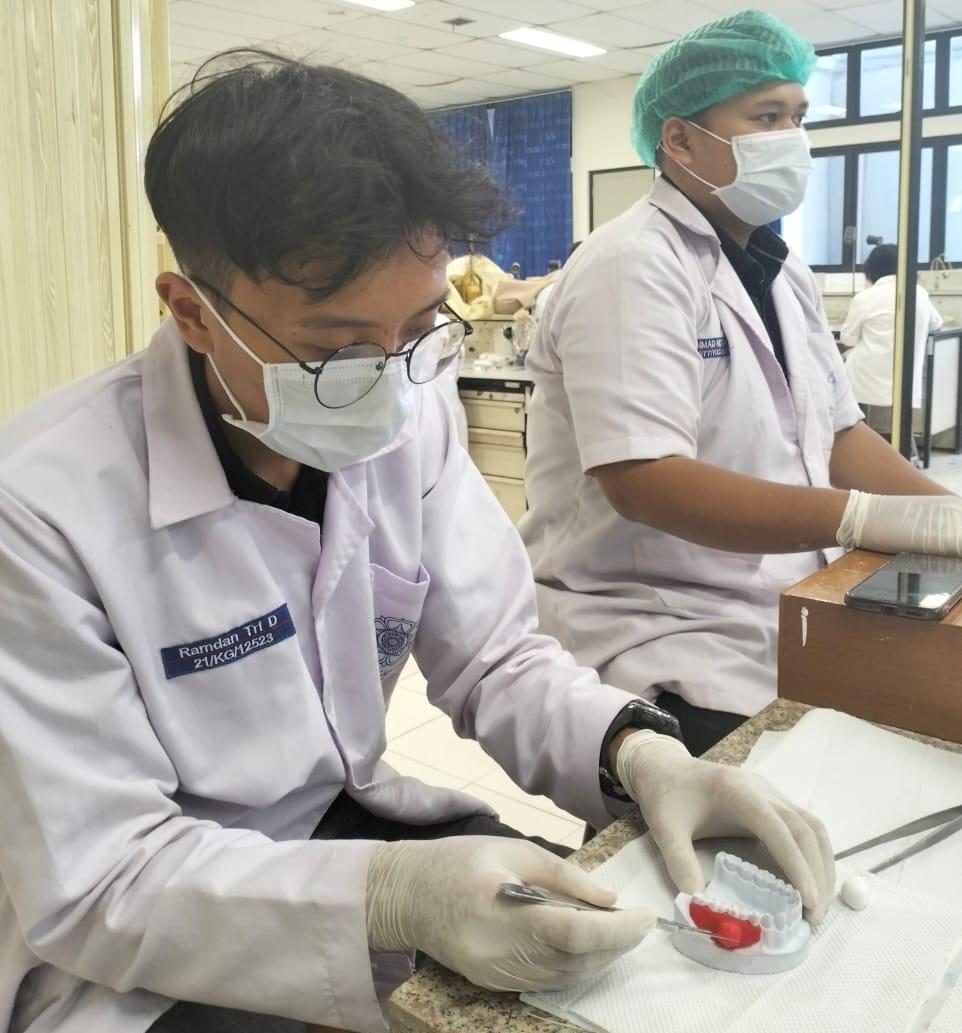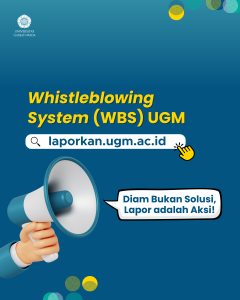On Monday, 25 November 2024, a Clinical Emergency Practicum was held at the Preclinical Lab, OECF Building, attended by seventh-semester dental students. This practicum aimed to equip students with the necessary skills to identify, prepare for, and perform intraoral abscess incision techniques on models. The session was supervised by lecturers from the Department of Oral Surgery and experienced resident assistants.
The importance of access to quality medical education cannot be overlooked, especially in hands-on training sessions like this. By providing direct experience, educational institutions ensure that future healthcare professionals are well-prepared to handle real-world emergencies. This initiative aligns with the Sustainable Development Goals (SDGs), particularly Goal 4, which emphasizes inclusive and equitable quality education.
During the practicum, students were introduced to oral cavity anatomy and the common causes of intraoral abscesses. They learned to recognize signs and symptoms, which are crucial for timely intervention. The session included a detailed demonstration of incision techniques, emphasizing aseptic procedures to prevent infections.
Lecturers highlighted the importance of understanding the underlying conditions that lead to abscess formation. This knowledge is essential in preparing students for their professional careers, where they will encounter various dental emergencies. Hands-on practice enables students to apply theoretical knowledge in a controlled environment, enhancing their learning experience.
Beyond technical skills, the practicum also focused on developing critical thinking and decision-making abilities. Students were encouraged to discuss potential complications and how to manage them effectively. This aspect of training is crucial, as it prepares students to think quickly under pressure.
The involvement of experienced resident assistants provided additional support for students. These assistants shared valuable insights and practical tips gained through years of clinical practice. This mentorship plays a key role in fostering a learning environment that promotes growth and confidence.
During the session, students were divided into small groups to practice incision techniques on models. This hands-on approach not only reinforced their learning but also promoted teamwork and collaboration—critical skills in the healthcare field, where professionals often work in multidisciplinary teams.
The practicum concluded with a debriefing session, where students reflected on their experiences and discussed their key takeaways. Feedback is an essential part of the educational process, allowing both students and instructors to identify areas for improvement and celebrate achievements.
The Clinical Emergency Practicum on Intraoral Abscess Incision provided students with an opportunity to gain practical skills while reinforcing the importance of access to quality education in healthcare. As these future dental professionals continue their studies, they will carry the lessons learned from this experience into their careers, ultimately benefiting the communities they serve.
Contributor: Sri Pujiatun | Author: Al Haqi Insan Pratama



